While the GreenTech is currently in full swing, the cannabis industry already had a get-together on Monday to start off the week. It was a day full of presentations and even visits to two research facilities. The morning started at MCPIR, which is a collaboration project comprising 13 medical cannabis companies, which have established a research center and platform together.
Cannabis, an ordinary plant?
The presentations were kicked off by Rene Corsten from Delphy. "In our opinion, cannabis is just an ordinary plant. As an example: for most people, the Dutch king is more special than I am," Rene says. "Yet our biology is more or less the same. The same goes for cannabis. The difference in biology between cannabis and other crops is also not that big." Yet Rene adds that certain things make the cannabis plant special: the post-harvest process and the fact that there are multiple ways to use the plant.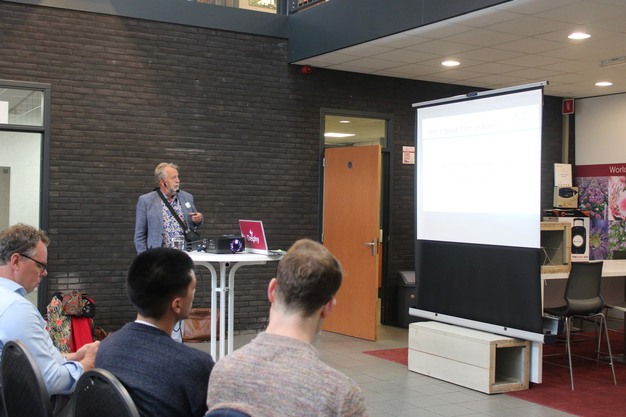
Yet if the biology is similar, what can we learn from other crops? "Let's take a look at flower formation. When the night is longer than 7 hours, flowering will start. That's a golden rule for most flowering crops. While people often think that the size of the flower is decided in the last phase, it's actually mostly decided in the vegetative stage and in the first two weeks of the generative stage. On top of that, a colder night gives a bigger flower. That is the case for many other flowering crops (chrysanthemums, roses), and also in cannabis."
Not everything is the same, of course. "For tomatoes, if you don't go up in temperature but the light level goes up, you will lose production. In cannabis, if you don't go up in temperature but the light level goes up, your yield will increase," Rene explains.
In general, Rene sees a big variation in climate settings among Delphy's clients. "To be honest, we still have some discussions about that here at MCPIR. But that is why we do the research. Not to find out who's right, but to optimize cannabis cultivation."
So when it comes to climate, what are some important things that can go wrong? Rene gives some examples. "A high temperature with low light levels will result in less production. Low temperatures in the vegetative stage can also result in lower production. A low relative humidity or a high energy in- and output can give small flowers. On the other hand, high relative humidity with little energy in- and output can cause botrytis. Also, an uneven climate can give a lot of problems with botrytis and powdery mildew."
Lighting research
Next up, it was time to talk about lighting. Sabrina Carvalho from Philips talked about the research they are doing. One of the trials she highlighted was focused on propagation. "The first thing we did was to create protocols. We often saw that each person used to measure things differently years ago, making it difficult to compare data sets. Now that we've created protocols, we can actually compare."
Sabrina explained that fundamental research has shown that a low R:FR can trigger a rooting hormone. "We wanted to research if that was also the case for cannabis. We found that a low R:FR was making the plants stretch. A dynamic lighting recipe is used to control that. It triggered root development and gave a better canopy shape."
Yet when it comes to results, it's difficult to make generalized conclusions. "It's not a perfect solution as there is a lot of variety in cannabis. It depends on how your variety grows and whether you use your own hormones, which will determine if you need to use certain variations of recipes."
Sabrina also explains one of the reasons Philips has joined the consortium. "As a lighting company, we have a big challenge. If you measure bud by bud, you can have an almost 15% difference in THC in the same plant. In one trial, some buds hit 15%, others 29%. Hopefully, one of the things we will learn here is how to balance that. It also brought us to the question: how do we do sampling and does it matter? We found that different labs will have different variations, which is very important to know when doing research. With different labs measuring differently, you need to stick to one lab if you want to learn about the developments in your crop."
AI-driven insights
Lastly, Ben Niehaus from SpexAI took the floor to further discuss plant measurements. "We all know it's important to measure the plant. But how many growers are actually manually measuring every single plant and using that information to improve their cultivation? Doing that manually takes a lot of time, especially in a large facility. On top of that, the human eye can't always see everything. Take a slight color change, for example, which a camera would see immediately, even if it's just a 5% difference."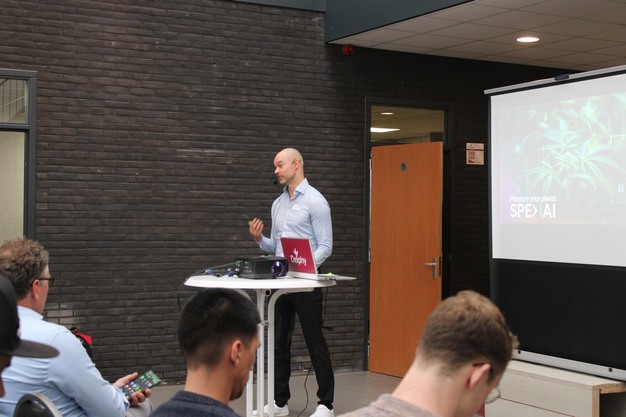
That is why SpexAI has developed an automated imaging technology that monitors the crops 24/7 and gives AI-driven insights. Ben explains that the system uses different technologies to measure different things. "Hyperspectral imaging can be used to scout for pests (leafminer, spider mites, aphids), diseases (powdery mildew, botrytis), and even Hop Latent Viroid. To find out botrytis, growers often have to really go into the flowers to see if they have botrytis. Yet that comes with a risk: you're now touching all the flowers that potentially have it, you might spread it."
On top of that, the system has 3D cameras. "This means we can measure plant height, leaf angle distribution and internodal distance. Lastly, with thermal imaging, we can sense leaf temperature, leaf VPD, crop water stress index and transpiration rate."
Ben says that SpexAI joined MCPIR because they have a mission to simplify and improve cultivation as well expand cultivation knowledge.
After the presentations were done, it was time to visit the research chambers.
Time to visit the facility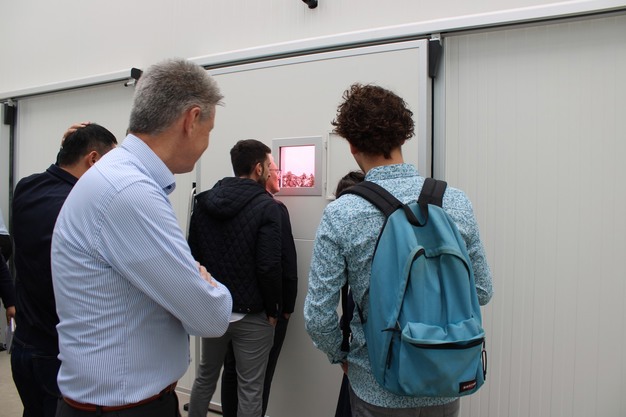
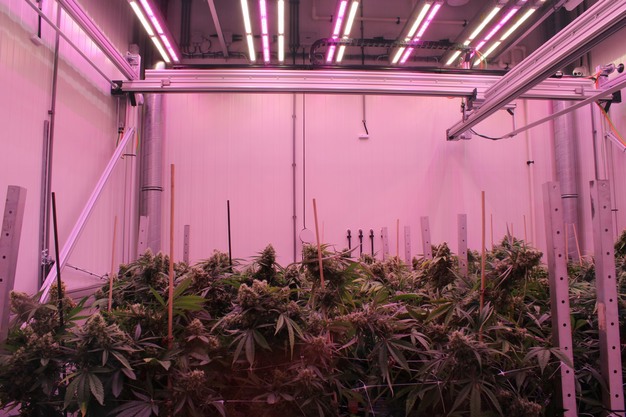
Flower room 1 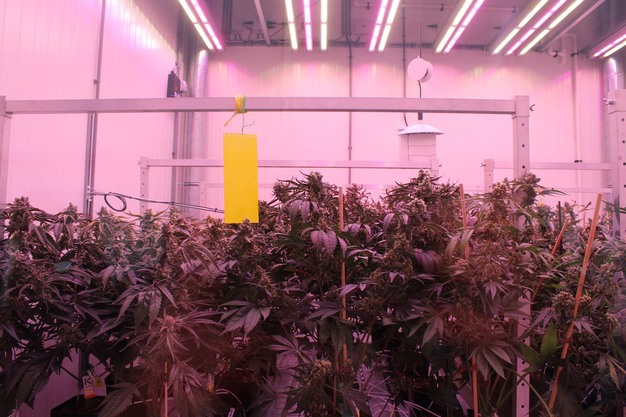 Flower room 2
Flower room 2 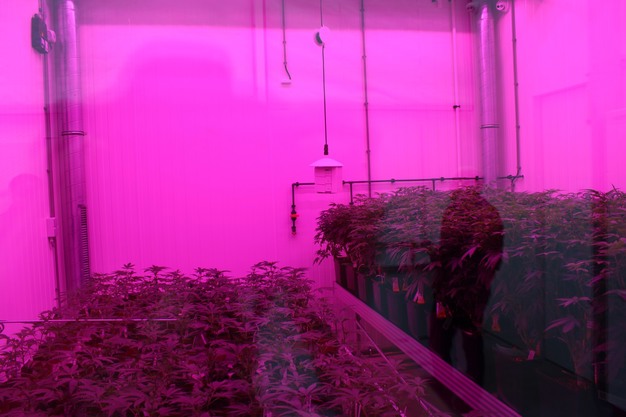
The mother plants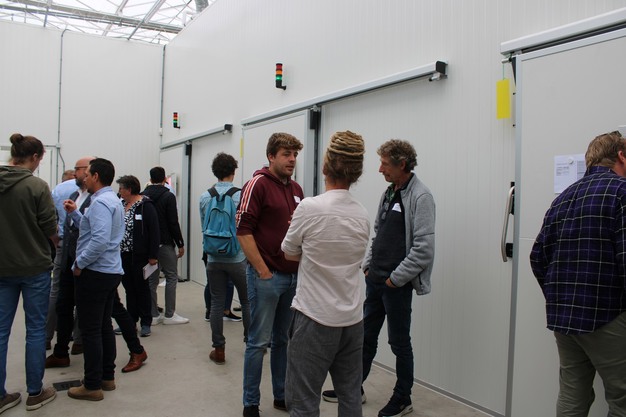
The afternoon was spent at the World Horti Center and organized by Cultivation for Compounds. More on that in tomorrow's article!
For more information:
MCPIR
www.mcpir.nl
Sign up for our daily Newsletter and stay up to date with all the latest news!
Subscribe I am already a subscriber